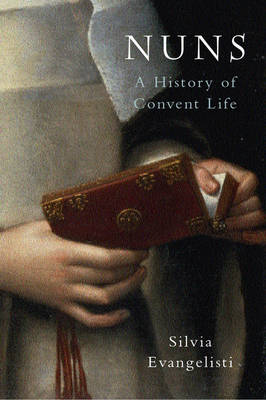
Cloistered and inaccessible 'brides of Christ'? Or socially engaged women, active in the outside world to a degree impossible for their secular sisters? Nuns tells the fascinating stories of the women who have lived in religious communities since the dawn of the modern age - their ideals and achievements, frustrations and failures, and their attempts to reach out to the society around them. Drawing particularly on the nuns' own words, Silvia Evangelisti explores how they came to the cloister, how they responded to monastic discipline, and how they pursued their spiritual, intellectual, and missionary activities. The book looks not only at the individual stories of outstanding historical figures such as Teresa of Avila but also at the wider picture of convent life - what it symbolized to contemporaries, how it reflected and related to the world beyond the cloister, and what it means in the world today.
This examines the lives of nuns in the 16th to 18th century mostly with occasional coments on the continuing traditions and some of the reasons that somethings are the way they are today. It was interesting to see how the council of Trent completely changed things from where Nuns could have interaction with the outside world. Before it they could go out into the world and retreat to their cloister but after it they couldn't go out. Their influence and interaction with other people was utterly changed.
It was also interesting to see the rise and fall of certain orders and the changes that the reformation wrought on them. Occasionally changes that restricted the choices some women had.
During this period women really only had two choices; marry or join the cloister. In some instances they didn't really have those choices, they were imposed upon them by the men in their lives (usually brothers or fathers); dowries were expensive commodities and while many convents also wanted a dowry this wasn't as high as a marriage dowry making it a less expensive proposition for families, particularly if they had several daughters to apportion.
It's quite readable, and if you know anything of nuns (I am a convent school alumnus and I have an aunt a nun) you can see the echoes of the past in the present. An interesting book that deserves a sequel dealing with more modern issues and a prequel dealing with medieval issues.
Reading updates
-
Started reading
-
1 February, 2010:
Finished reading
-
1 February, 2010:
Reviewed
